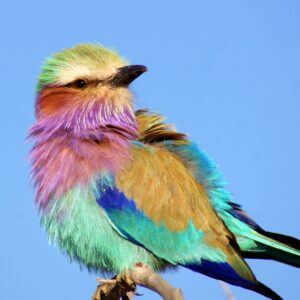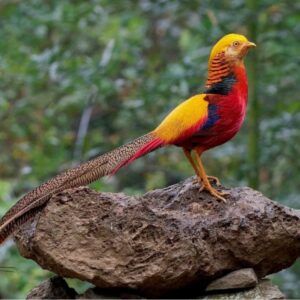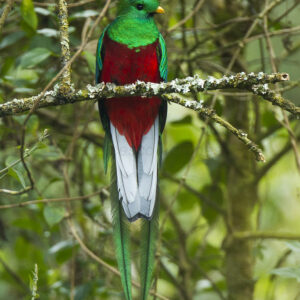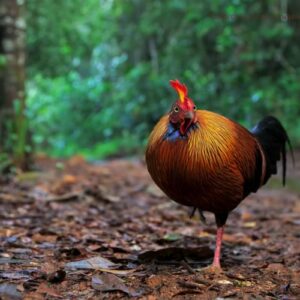
The eerie glow of a full moon might send shivers down your spine, but for voles, it’s the sight of a ghostly white barn owl that truly chills them. These small rodents freeze just a bit too long, and in that moment, their fate is often sealed.
Barn owls, known for their distinctive appearance, come in two main shades: reddish brown and white. Interestingly, when the moon is at its fullest and brightest, the white owls outperform their reddish counterparts in hunting, even though common sense would suggest they’d be easier to spot.

When the moon is new, both the reddish and white barn owls enjoy similar success, each catching around five voles in a single night. But under the full moon’s brilliance, reddish owls struggle, their catch dropping to just three voles. The white owls, however, maintain their hunting prowess, seemingly unaffected by the increased visibility.

It’s not that the white owls aren’t seen—on the contrary, they may be more visible under the moonlight. But it’s the prey’s reaction that makes all the difference. Voles typically have two responses when they spot an owl: they either freeze, hoping to go unnoticed, or they flee. When faced with the bright, ghostly figure of a white owl under a full moon, voles tend to freeze up to five seconds longer than they would if they encountered a reddish brown owl. This hesitation often proves fatal.

This unexpected discovery was made by Luis M. San-Jose and Alexandre Roulin from the University of Lausanne in Switzerland, who published their findings in *Nature Ecology and Evolution*. They initially believed that the white owls would struggle more under bright moonlight, but their research revealed quite the opposite.

Richard Prum, an evolutionary biologist and ornithologist at Yale University, praised the study, noting its innovative use of technology to explore how moonlight affects the behavior and success of nocturnal predators.
Dr. San-Jose pointed out that while the study focused on barn owls, it also highlights the broader implications of moonlight on nocturnal animals, many of which can see color even in the dark. Although voles likely see the owls in shades of gray, the lighter the shade, the more visible the owl becomes.

Interestingly, male barn owls are often a brighter white than females, and they are also more active hunters when there are young owlets to feed. This suggests that females might prefer whiter males as they may be seen as better providers.
However, this raises another question: if white is such an advantage, why aren’t all barn owls white? The answer may lie in the benefits of camouflage. Red owls might be better at blending into their surroundings, particularly during the day when they are more vulnerable to attacks from other birds like crows and kestrels. For females protecting their young, the ability to stay hidden might outweigh the hunting advantage of being white.
The study underscores the significance of moonlight as a factor in natural selection, particularly in how it might influence the evolution of coloration in nocturnal species. As Dr. San-Jose aptly put it, “Moonlight itself can select for different colorations,” and this research opens up new avenues for understanding why certain traits, like the striking white plumage of some barn owls, persist in nature.





